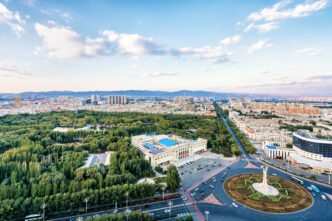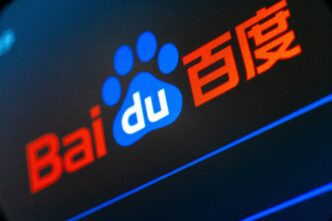Executive Summary
- Chinese corporations are systematically investing in and transferring technology to Southeast Asia’s EV sector, positioning the region as a leading global manufacturing hub.
- This strategic integration is occurring despite a recent slowdown in China’s domestic EV market, exemplified by carmaker BYD’s sales decline.
- Major Chinese companies like CATL are making significant investments, such as a US$6 billion battery project in Indonesia, fostering an integrated battery ecosystem and building local capabilities.
The Story So Far
- Chinese corporations are systematically investing in and transferring technology to Southeast Asia’s electric vehicle (EV) sector, positioning the region as a leading global manufacturing hub. This strategic integration is occurring despite a recent slowdown in China’s domestic EV market, which signals a recalibration rather than a retreat, and stands in deliberate contrast to Western decoupling efforts by fostering regional interdependence, joint ventures, and leveraging local resources with Chinese expertise.
Why This Matters
- Chinese corporations’ strategic investments and technology transfers are rapidly establishing Southeast Asia as a leading global electric vehicle manufacturing hub, creating a resilient and integrated regional EV ecosystem despite a slowdown in China’s domestic market. This approach directly contrasts with Western decoupling efforts, highlighting a distinct, pragmatic approach to the evolving global EV landscape and potentially reshaping global supply chains and economic alliances.
Who Thinks What?
- Hamzah Rifaat, the author of the opinion piece, believes Chinese corporations are systematically investing in and transferring technology to Southeast Asia’s EV sector, positioning the region as a leading global manufacturing hub, seeing China’s domestic slowdown as a “recalibration rather than a retreat” and contrasting this integrated approach with Western decoupling efforts.
- The US and Europe are pursuing a strategy of decoupling by imposing protectionist tariffs on Chinese EVs, a move characterized as disruptive to the global market.
Chinese corporations are systematically investing in and transferring technology to Southeast Asia’s electric vehicle (EV) sector, positioning the region as a leading global manufacturing hub, according to an opinion piece published on October 10, 2025. This strategic integration is occurring despite a recent slowdown in China’s domestic EV market, exemplified by carmaker BYD’s first sales decline in over five years, and stands in contrast to Western decoupling efforts.
Shifting Dynamics in China’s EV Market
BYD, a major Chinese carmaker, experienced a notable sales decline in the third quarter of this year on an annual basis. Its September sales fell by 5.5 percent year-on-year, following a 30 percent profit drop in the second quarter. This performance reflects a broader trend among Chinese carmakers facing slowing domestic demand for EVs.
However, the author, Hamzah Rifaat, suggests this slowdown signals a “recalibration rather than a retreat” for Asia’s broader EV sector. The region’s EV future is described as being built on integration, foreign investments, supply chain resilience, and joint ventures, rather than zero-sum competition.
Asia’s Integrated EV Future
Chinese corporations have significantly integrated into Southeast Asian economies, establishing factories for both EVs and car batteries. Countries like Indonesia and Thailand have become key beneficiaries of these joint investments and component sourcing initiatives.
This approach contrasts sharply with the Western drive for decoupling, where the US and Europe have imposed protectionist tariffs on Chinese EVs, a move seen as disruptive to the global market. Asia’s strategy, according to the opinion piece, is underpinned by pragmatism and interdependence.
Key Investments and Collaborations
A prominent example of Chinese investment is Contemporary Amperex Technology (CATL), the world’s largest manufacturer of EV batteries, which has committed to a US$6 billion project in Indonesia. This initiative aims to build an integrated battery ecosystem, covering everything from nickel mining and processing to battery production and recycling.
The collaboration between CATL and Indonesia is characterized as symbiotic, leveraging Indonesia’s raw materials and regulatory environment with Chinese battery design, expertise, and software. This partnership is designed to build local capabilities within the host country.
Outlook on Regional Leadership
The strategic investments and technology transfers from China are fostering a deeply integrated and resilient EV manufacturing base across Asia. Despite domestic challenges within China’s own EV market, these regional collaborations are positioning Southeast Asia as a critical player and potential global leader in the evolving electric vehicle industry.








